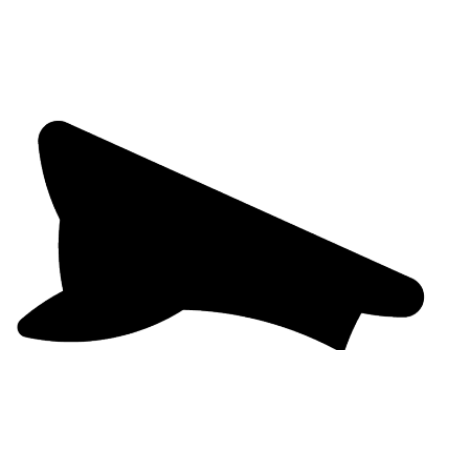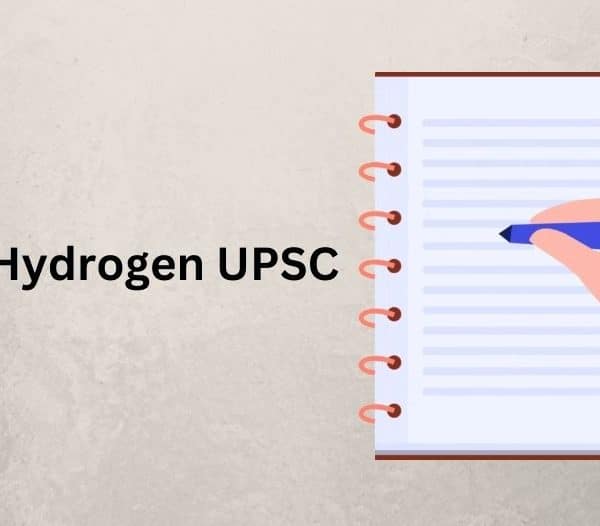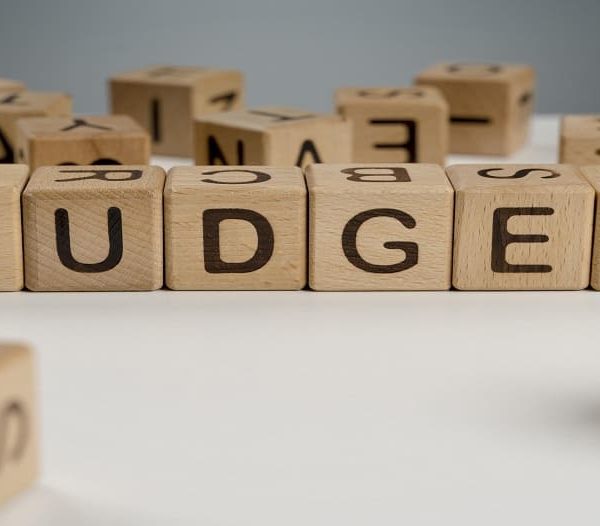The Indian Polity is one of the most important chapters in your IAS UPSC exams as it is a common topic for both your Prelims and your Mains papers, even your Optionals if you choose so. It’s easy to forget small details or confuse it with other houses of the parliament both at the center and the state level.
This article makes it easier to remember by assembling important details of the Lok Sabha by turning it into short notes and cue cards for easy learning and better understanding, even answering questions such as ‘what is the term of the Lok Sabha?’, ‘Who is the chairperson of the Lok Sabha?’, ‘maximum strength of Lok Sabha’, etc.
Lok Sabha or the House of People
The Indian Constitution declares the Indian Parliament to be bicameral in nature, i.e. consisting of two houses- the lower house and the upper house. Lok Sabha is the lower house while Rajya Sabha is the upper house.
The Lok Sabha is directly elected by the citizens of India through adult franchise. It acts as the headquarters of the Indian legislature and executive and is also the main body responsible for making political decisions. The Prime Minister and his Cabinet of Ministers are part of the Lok Sabha.
Also Read : How Many Aircraft Carriers Are There In India? New Warship Projects for the Navy
Composition of Lok Sabha
| Composition of Lok Sabha | |
| Maximum Strength – 552 | 530 State representatives |
| 20 representatives of Union Territories | |
| 2 nominated Anglo-Indians by the President. | |
| Current Strength – 545 | 530 State representatives |
| 13 representatives of Union Territories | |
| 2 are nominated by the President from Anglo-Indian Community | |
Who is the Chairperson of the Lok Sabha?
A Speaker of Lok Sabha is elected after the ruling party forms the government and this speaker is known as the chairman of the house. The Speaker is responsible for presiding over the House’s meetings and sees to it that order is maintained in the House and the dignity and decorum of the House is followed. The House meetings cannot proceed in his absence.
Tenure of the House
The term that the ruling party serves for in the Lok Sabha is 5 years after the date of admission into office. After which fresh elections are to be conducted for a new government to take up the helm. The only exception is when the cabinet is dissolved prior to completing its tenure. This happens when the ruling party loses trust and a vote of No Confidence is passed against them successfully to show that the party is unfit to rule.
The tenure can also be increased by a year at a time when a state of emergency is declared in the country. However six months after the emergency is revoked, fresh elections have to take place.
Conclusion
The Lok Sabha is the face of the government. In India, the legislative and the executive are not two different distinct bodies thus the role of the Lok Sabha becomes twofold as it not only makes decisions for the country but also makes proper plans to execute them. But they are not that powerful as well as the Constitution always places adequate power checks on them. Even the decisions that the Lok Sabha passes first has to go through the Rajya Sabha and the President before it becomes a law and comes into a precedence.
Also Read : Ansar Shaikh Wiki: Inspiring Biography of Youngest IAS Officer of India






